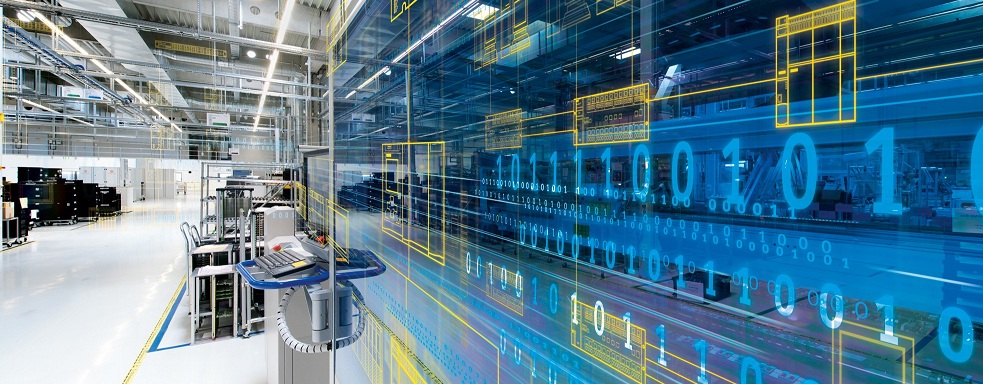Industrial Security – general concept
Industrial Security – By integrating industrial security, we can be adopta quick response to the specific threats to each field of activity.
Any industry requires the implementation of security for good management and the safe conduct of all activities.
As general aspects, regarding industrial security we can recall that it is based on Decision 585/2002, which implies general provisions for the safe conduct of contracts for access to classified information, being a fundamental condition for the economic and organizational efficiency of the Romanian industries.
This concept relates to national security and signifies the protection of internal and external assets.
In the past, this concept mainly referredto the protection of fixed assets.
After developing industrial control systems, the focus was on keeping intruders away.
In both cases, security professionals approached the subject as a mission. While the existence of external threat factors is a real one, a danger to industrial companies may even be the people inside.
According to surveys conducted worldwide, it has been found that the main threat to critical operations is negligent employees.
Many also consider that employees are generally a greater threat than outside hackers in various industries.
To avoid any inconveniences, since 2007, the research funding in the EU has been started, specifically targeted at security needs. By 2020, the Horizon program will allocate about 2 billion euros to security research, which represents 50% of the total public funding in this civil field in the EU.
This important aspect has been understood by many industrial companies that have chosen to eliminate or reduce the sources of risk by implementing solutions that comply with the legal norms, regardless of their costs.
The concept of industrial security must provide:
- Risk or threat analysis;
- Determining the vulnerabilities of the company;
- Assessing the risks ofplanned or unforeseenevents and their consequences;
- Establishing the security strategy, based on the risks and costs that may be incurred;
Why is industrial security necessary?
To know the risks, it is important to identify the security threats existing for our business.
The risk is the probability of losing something of great importance, in a foreseen or unforeseen circumstance.
The consequence of inaction could increase the chance of losing assets that are more valuable and increase the vulnerability of the industrial company.
The reasons given to the employers who are most concerned about the implementation of security are: workplace violence, sabotage, theft, terrorist threats, crime.
This means that the industry includes different types of people with different personalities, subject to domestic or workplace stress.
Without security, problems are not properly identified and managed in a timely manner.
What can we do?
As a priority, we must avoid deterioration, we must improve the technical and informational structures, improve the technological part and take appropriate organizational measures.
The change helps ensure compliance with how to reduce and avoid risks.
The first step in insurance is to understand the risks. If we look at these risks from an operational point of view, we also decide what preventive measures are needed from the planning perspective.
Then we decide what measures can be implemented from a physical perspective.
A very good example is the hiring of security personnel, well motivated and properly trained to carry out their duties and responsibilities with determination and courage.
Creating a proactive plan, structure and mechanisms to review:
- the physical security subsystem (access control, monitoring, surveillance, fire detection and extinguishing, data transmission, procedures with protective equipment);
- the functional security subsystem (safety operation, quality assurance, production processes establishment, maintenance, conservation procedures);
- the organizational subsystem (security structure, legal and procedural framework, security personnel participation in moral framework);
- tactile level – emergency response and evacuation plan;
Planning and communication gives people directions on how to handle themselves in emergencies.
For this, the optimal option is the implementation of various security systems, which comply with the security laws.
Other considerations:
We can consider the variant of implementing an integrated security solution that includes the proposals of measures for risk control of several security professionals, for a new approach that will include spectra from different fields.
In addition to this option, we must also consider:
- stimulation and periodic training of both managers and staff,
- permanent verification of suppliers,
- constant assessment of the level of security in industrial organizations.
When it comes to costs, integrated security systems, security personnel or security assessments can be expensive.
While the size of the security industry is estimated to be huge, the individual costs vary dramatically. It is almost impossible to determine an industry’s expense for security. Risk levels vary and information is often disclosed.
That is why before we conclude how much we should spend, we need to consider the risk factors and the cost that could mean an incident for your community, operations or infrastructure.




